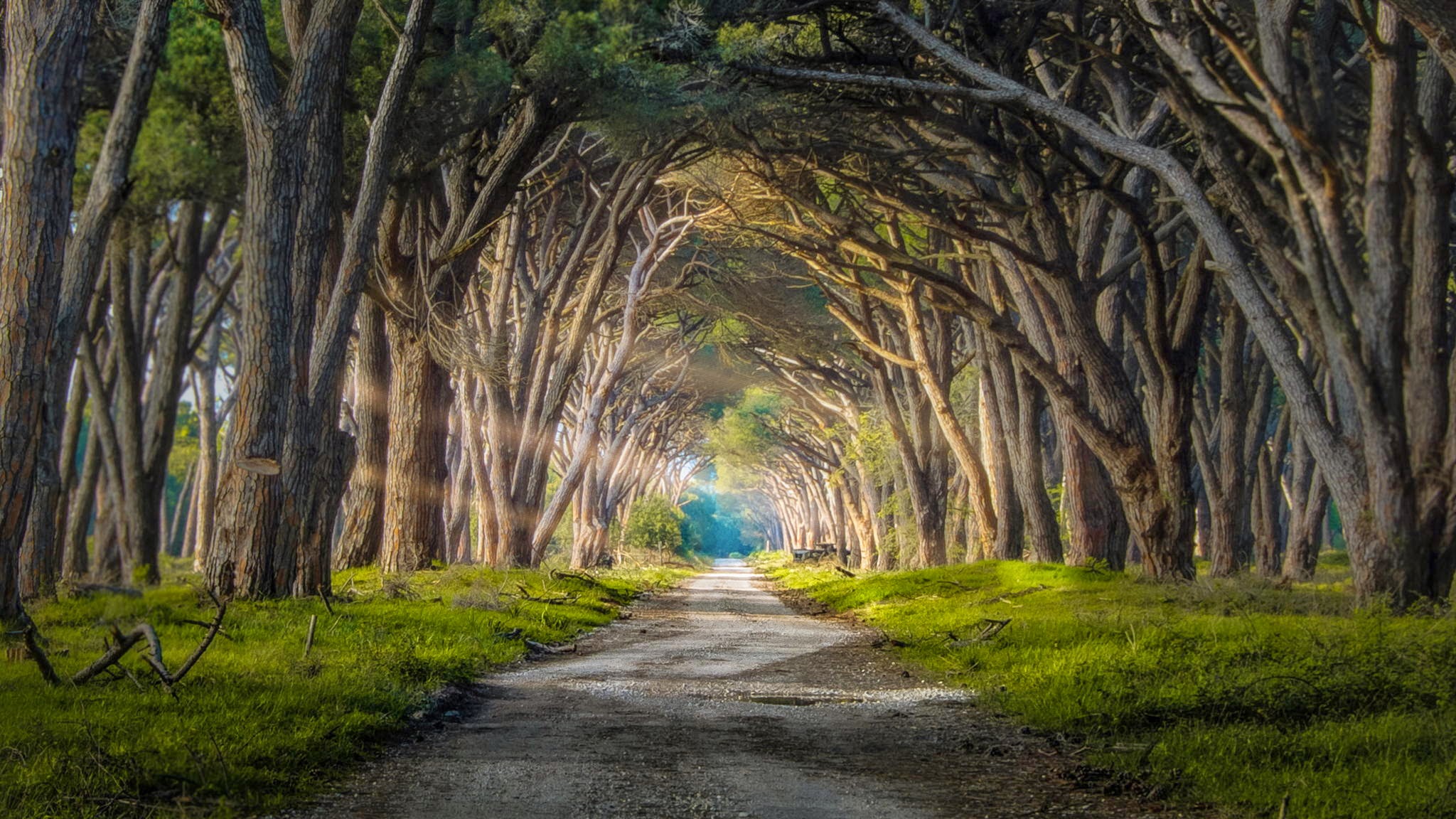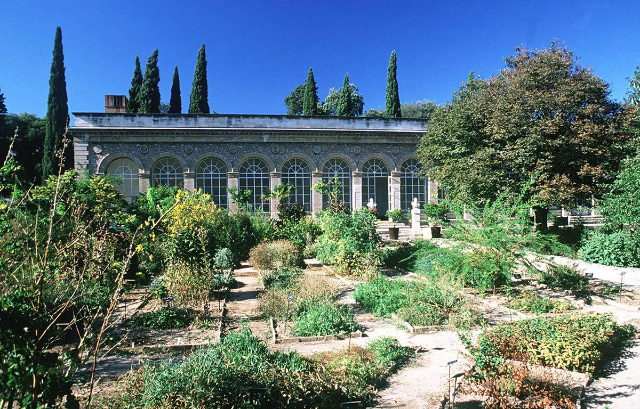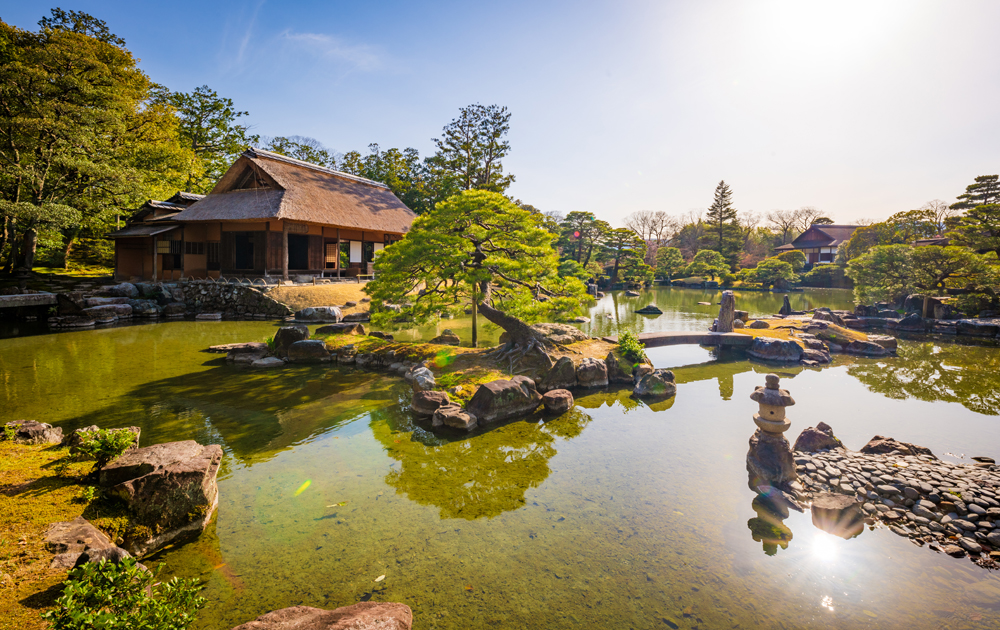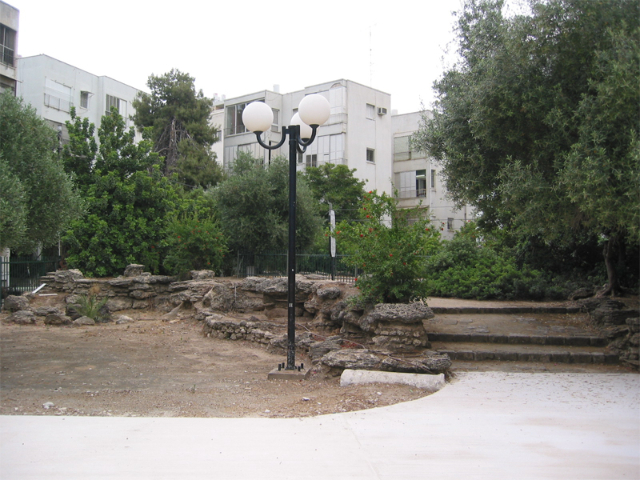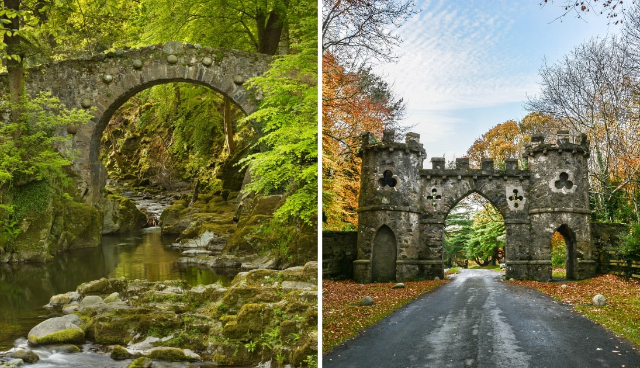A good alternative solution to immerse yourself in the wonderful Tuscan nature is to take the time to visit the 24000 hectares of land of the Natural Park of San Rossore that extends between Pisa and Lucca. You can choose to explore the reserve and its wildlife freely or with a guide, by bike or on foot and the pleasure will remain unchanged. For those who want to add a more unusual and romantic experience, the advice is to get comfortable on board a horse-drawn carriage and let yourself be carried away to discover the beauty of the place for a journey through nature and time.
The park is divided into several main areas. The Macchia Lucchese is the wooded area to the north, enclosed between Viareggio, Torre del Lago Puccini and the coast. The Massaciuccoli area includes the lake and the marshy area that surrounds it. The Vecchiano Farm and the Massaciuccoli Farm, on the other hand, are the vast reclaimed areas removed from the lake, respectively in the municipality of Vecchiano and in the municipality of Massarosa. The two areas are differentiated by the water pumps that manage them.
Continuing along the coast there are the important estates of Migliarino, San Rossore, Tombolo and Coltano, partly used for agriculture and partly for woodland.
The park’s management areas are completed by the Meloria Shoals, an important system of shoals, with two outcropping reefs and a seabed of great naturalistic value.
The fauna includes a rich variety of birds (LIPU oasis in the park), including: mallards, herons (grey heron, great white heron and little egret), waders, gulls, ducks and cormorants. There are also buzzards, black-winged stilts, bee-eaters and moorhens. In the wood it is easy to meet the species of green and red woodpecker. This is the nesting area of the Kentish plover.
There is a notable presence of amphibians and reptiles, including the viper.
There are all the freshwater fish typical of the Italian plains (carp, pike, tench…), as well as fish that swim up the rivers from the sea such as eel and mullet. The latter also enter Lake Massaciuccoli. It is important to mention the presence of the Louisiana red shrimp, also known as the killer shrimp, which has spread from the lake to the swamp and then to all wetlands, not only those bordering the park.
The park is also home to various small and medium-sized mammals, including fallow deer, wild boar, wild rabbits and red foxes. For some years the presence of the wolf has been ascertained.
